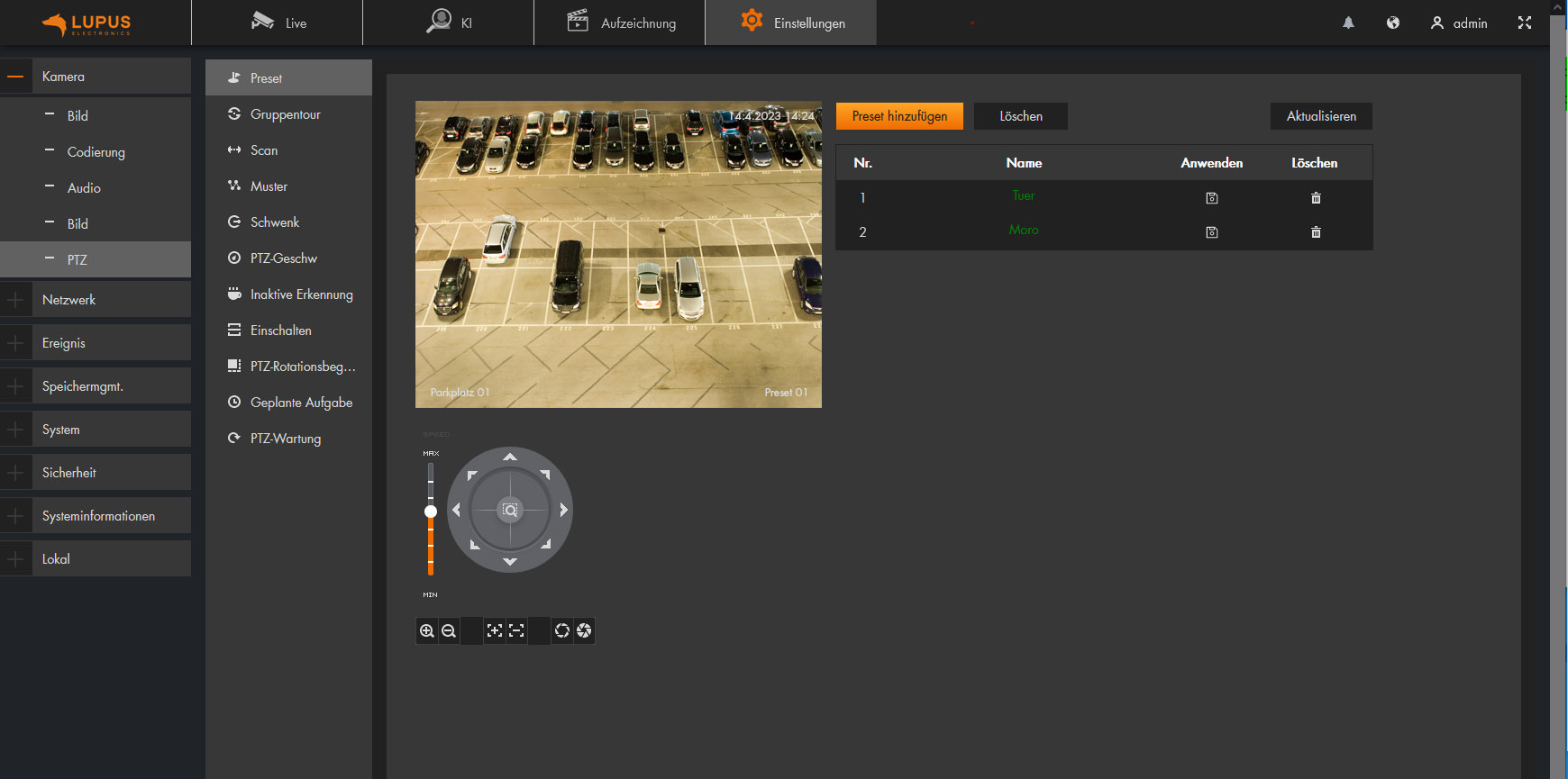


Then we show the position performance achievable using precision engine with measurements from a dual-frequency GNSS chipset targeted for the cellular handset market. We first review GNSS measurement and positioning performance from a subset of the current Android phones/tablets currently on the market. The goal of the work presented here is to assess what level of performance can be achieved by using proprietary PVT (position, velocity, time) engines utilizing GNSS measurements from the Android GNSS measurement application programming interface (API). However, it becomes clear that the ubiquity of consumer mobile devices, with increasing computing power, ruggedness and an expanding feature set, presents fertile ground for new development of improved positioning systems that don’t have strict professional requirements.Ī range of new use models and applications will be enabled by consumer mobile phones with technology that improves positioning performance. We expect that for professional applications that need precision positions, a dedicated system that employs a custom GNSS chipset and purpose-built applications will continue to be the right solution. In these cases, a “positioning as a service” subscription could offer a viable use model.Īchieving precision positioning with just a standard mobile device, a correction stream using the mobile device’s data connection and a high-accuracy positioning application produces a very low barrier to achieving high accuracy.īy Stuart Riley, Herbert Landau, Victor Gomez, Nataliya Mishukova, Will Lentz and Adam Clare, Trimble Inc. For those who want high accuracy, but don’t need it full time, high-productivity dedicated professional solutions may not be cost-justified.


 0 kommentar(er)
0 kommentar(er)
